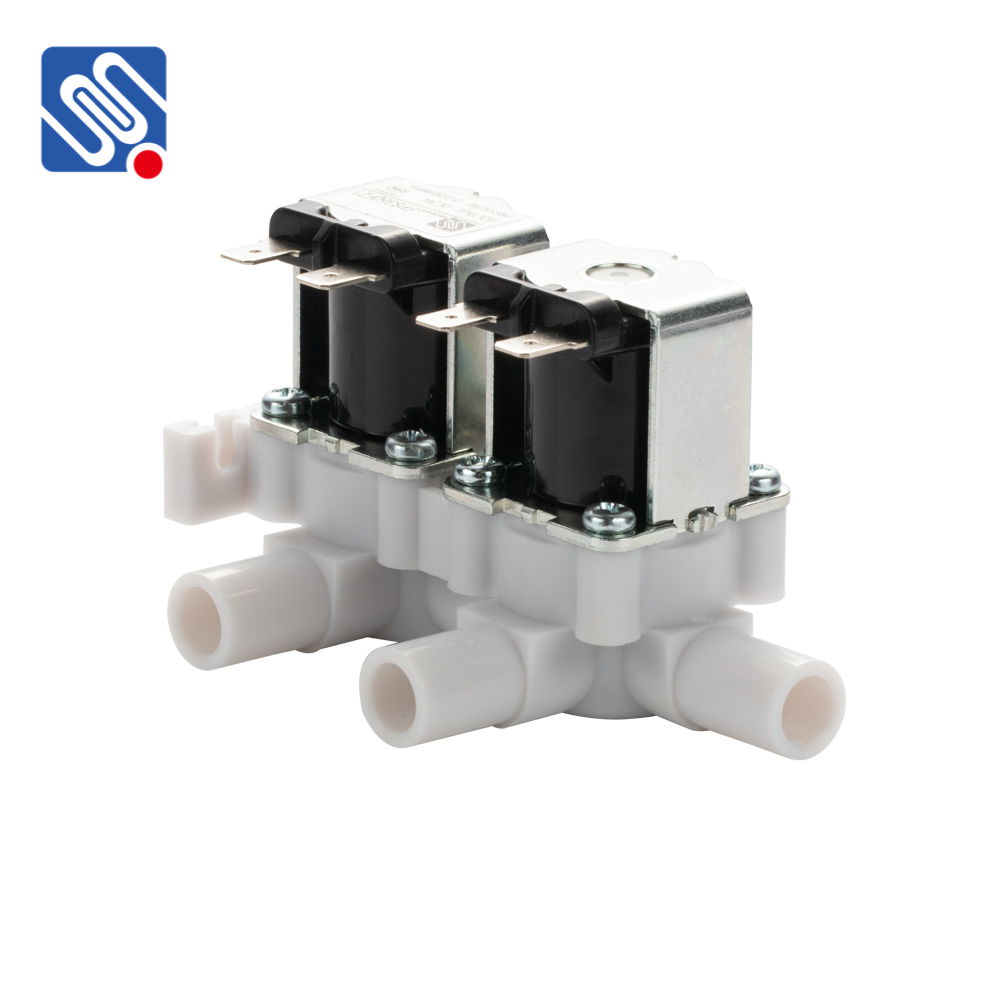cold water solenoid valve: understanding its function and applications
Release time:2025-08-05 11:13:35
A Cold Water Solenoid Valve is an essential component in various systems that require controlled water flow, especially in industrial, residential, and commercial settings. Solenoid valves, in general, use an electromagnetic coil to open or close a valve, allowing or blocking the flow of a fluid (in this case, cold water) through a pipeline. Cold water solenoid valves are designed to specifically manage the flow of cold water, and their role is crucial in a variety of applications such as water filtration systems, refrigeration units, washing machines, and irrigation systems.

Function and Mechanism of a Cold Water Solenoid Valve
The basic function of a solenoid valve is to control the flow of water based on electrical signals. The valve is made up of several components, including the solenoid coil, a plunger, and a valve body. When an electrical current is passed through the coil, it generates a magnetic field that moves the plunger, which either opens or closes the valve. In the case of a Cold Water Solenoid Valve, this system is responsible for managing the flow of cold water, either allowing or stopping it depending on the electrical signal received.
In a typical setup, when the solenoid valve is activated, the valve opens, allowing cold water to flow through the pipe and reach the designated area. Once the electrical signal is deactivated, the valve closes, stopping the flow of water. The solenoid valve works efficiently to ensure that the water flow is precisely controlled, providing convenience, safety, and energy efficiency.

